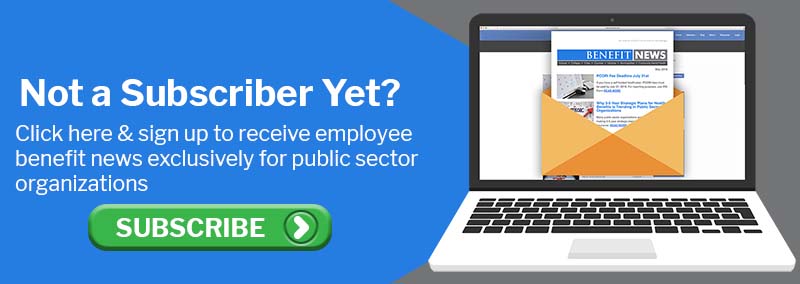As open enrollment approaches, benefits leaders face increasing health care costs, evolving employee expectations, and new regulatory requirements. This season represents a critical opportunity to build trust, enhance engagement, and ensure benefit offerings align with the workforce’s changing needs. Here are five key open enrollment challenges and strategies for addressing them.
-
Inflation and Rising Health Care Costs
Inflation and rising health care costs are making open enrollment especially challenging this year. Premiums are increasing faster than wages, and higher provider and prescription expenses mean employees face greater out-of-pocket costs. Helping employees understand these changes will be a key focus.
Employers must carefully balance rising benefit costs, absorbing additional expenses or shifting them to employees, each with potential drawbacks such as decreased satisfaction or lower plan participation. At the same time, employees are increasingly sensitive to changes, and high costs may lead them to opt out or delay care.
Employers are responding to these challenges by offering diverse health plan options, enabling employees to select coverage that fits their needs and budgets. Many are negotiating fixed rates with insurers or refining plan designs and funding strategies to manage costs. However, proactive communication about the reasons behind rising costs is essential to help employees understand changes and maintain trust.
-
Communication Plan Changes
Employee education remains a significant challenge during open enrollment, with many employees feeling disengaged or overwhelmed by the complexity of benefit options. This can lead to uninformed choices, missed opportunities, and underutilized resources. The wide range of plans and supplemental benefits often causes decision fatigue, making it difficult for employees to select options that best meet their needs.
Employers can address these challenges by streamlining communication, providing decision-support tools, and engaging employees through multiple channels such as email, apps, and webinars. These approaches help employees make confident benefit decisions and turn a complex process into an opportunity to support their well-being.
-
Evolving Employee Needs and Expectations
Employees now expect benefits that address their unique life stages, health needs, and financial goals. To stay competitive, employers should adapt by expanding voluntary benefits and offering resources that meet these diverse expectations.
Generational differences and shifting workplace expectations make benefit design increasingly complex. While older employees often value comprehensive health plans, younger staff may prioritize options like student loan or fertility benefits. Failing to address these diverse needs can lead to lower engagement, dissatisfaction, and loss of talent to organizations with more forward-thinking benefits strategies.
Adopting an employee-focused approach to benefits design and communication helps address today’s challenges. Providing diverse voluntary benefits and tax-advantaged accounts like Health Savings Accounts and Flexible Spending Accounts empowers employees to customize their coverage. This flexibility transforms open enrollment into a strategic opportunity to enhance loyalty and satisfaction.
-
Compliance Changes
Employee benefits compliance is complex, requiring proactive preparation. Employers must adhere to federal laws such as ACA, COBRA, HIPAA, ERISA, and FMLA, as well as state and local regulations. Noncompliance can result in financial penalties and reputational risk. To navigate these challenges, leverage compliance checklists, consult with experts, and provide ongoing staff training. Your insurance broker can also offer valuable compliance resources.
-
Missed Enrollment Deadlines
Some employees miss enrollment deadlines due to information overload, competing priorities, or lack of clarity about the process urgency. This can result in lost health or other essential benefits, causing financial strain, care gaps, and decreased workplace morale.
Employers can minimize missed enrollments by implementing clear, accessible, and engaging communication strategies. Use plain language and visual guides to simplify benefit information. Provide mobile-friendly, multilingual enrollment platforms, and send personalized reminders via email or text to keep employees engaged. Incorporate interactive tools like countdowns or progress trackers and encourage managers to check in with their teams. Enhance participation by investing in education and outreach, such as virtual benefit fairs, live Q&A sessions, and valuable informational resources.
Conclusion
Open enrollment, while often challenging, is also an opportunity to improve organizational processes and drive long-term success with a strategic approach. Download the bulletin for more details.

